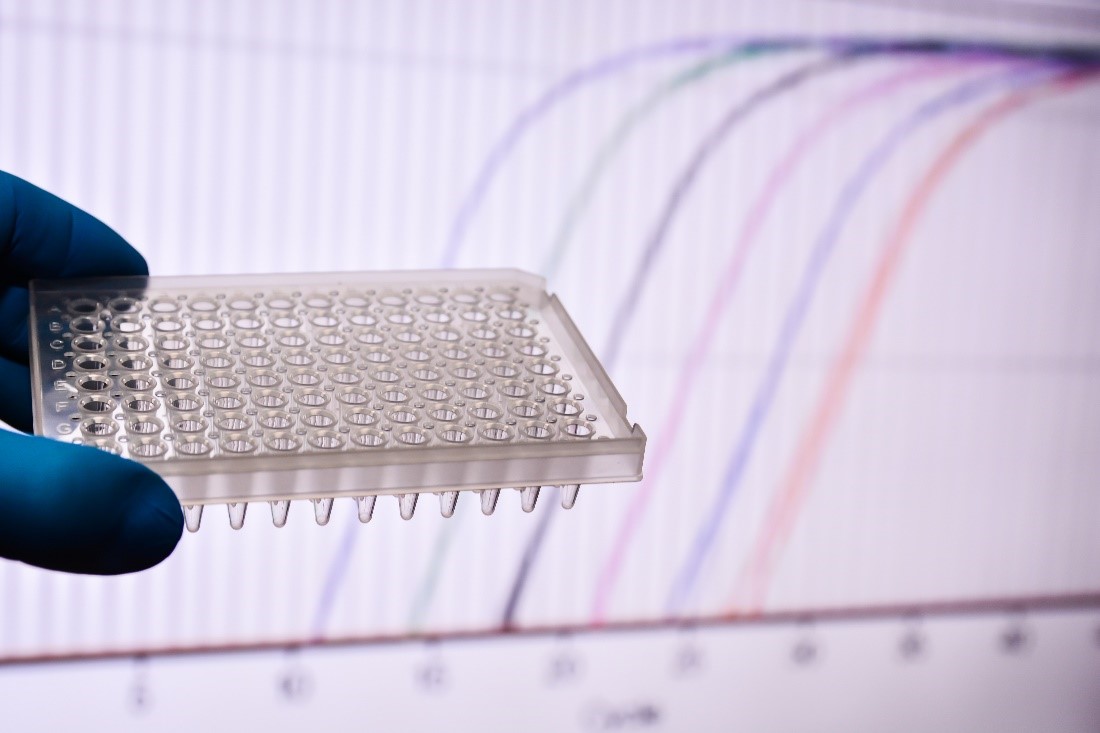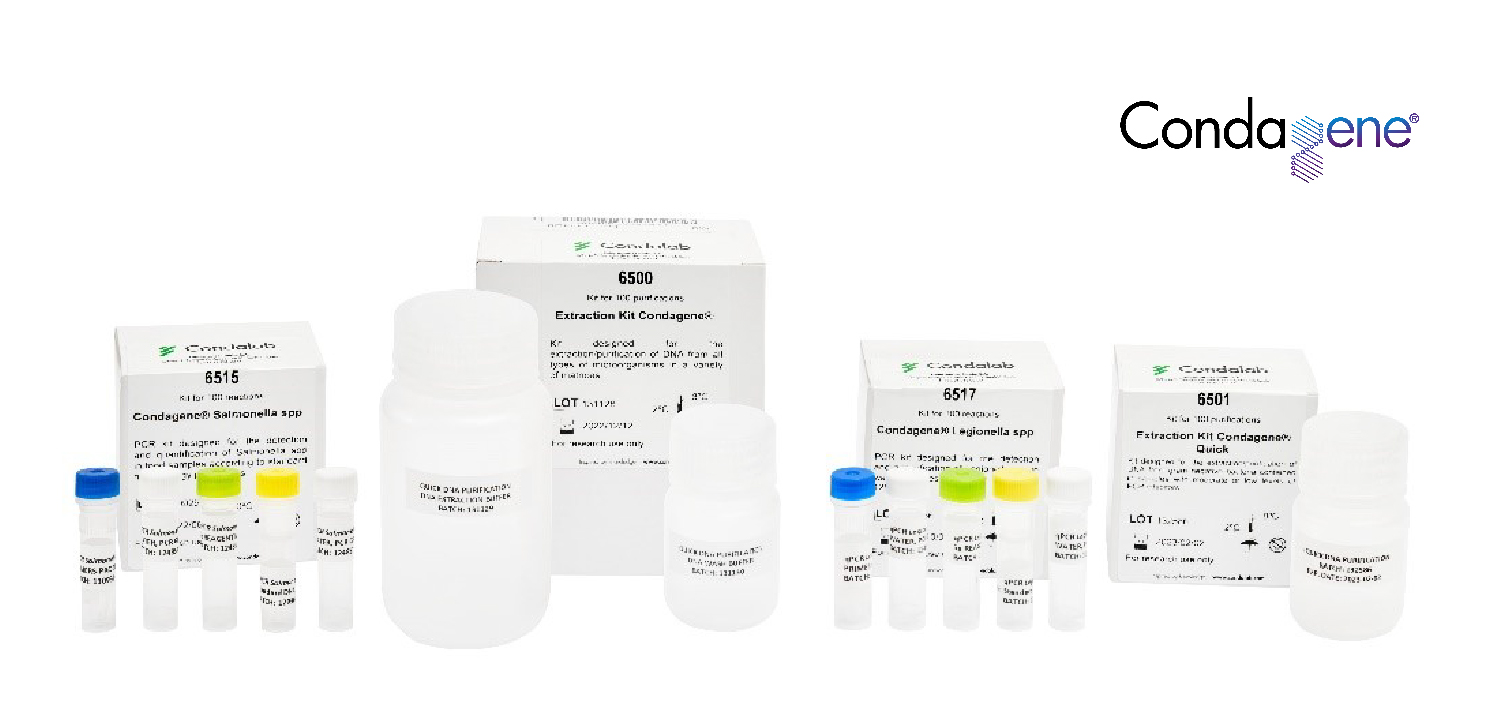Published: 21/02/24 09:15 Categories: Microbiology
PCR is a technique that was developed in 1986 by the American scientist Kary Mullis, who received a Nobel Prize for it in 1993. From 2005 onwards it became more widely used with the emergence of Real Time PCR and with the Covid-19 pandemic it achieved greater prominence.
The principle of this method is to amplify a specific region of DNA, for example, of a microorganism to be studied, from a pair of primers. PCR has thousands of variants and one of them is qPCR which enables quantification thanks to a fluorescently labeled probe that binds to the target sequence.
With the temperature change, the DNA strands are separated, the primers and the probe are joined, and lastly, the polymerase begins to work to produce the amplification of thousands of copies of the region of interest.
The entire reaction takes place in a thermal cycler that repeats temperature cycles and detects the fluorescence released by the reaction. Thus, we can then observe a curve of fluorescence versus cycles that allows us to detect and quantify the microorganism.
qPCR is a technique with high sensitivity, accuracy, and speed. In less than 2 hours we can achieve accurate results.

Food microbiology and qPCR
In the field of microbiology, PCR is advancing gradually, since its main advantage, in comparison with traditional methods, is its speed. While, for example, for the detection of Legionella spp. by culture means it takes approximately 15 days to obtain a result, if we use a qPCR kit this time would be reduced to 48 hours.
This technique achieves excellent results due to its high accuracy; if the result is negative, there is no need to confirm by another method. It can also be automated in laboratories with high sample volumes to further shorten times and decrease human error.
However, due to the strong regulatory support of traditional methods, they are still predominant in food microbiology.
However, regulations are catching up with the needs of the industry and thanks to ISO 16140-2 laboratories can validate alternative methods against reference methods and thus enjoy the many advantages of qPCR.
Condagene®: your best partner
Condalab offers you our Condagene® line of pathogen detection and quantification kits specially designed to optimize your laboratory work time.

The line has 3 detection kits:
- Condagene® Legionella spp.
- Condagene® Listeria monocytogenes
- Condagene® Salmonella spp.
Also, we have two kits available for the extraction of nucleic acids, Condagene® Complex, designed for samples with high inhibitor loads or little genetic material, and Condagene® Quick, which allows the extraction of a sample in only 17 minutes.
As PCR detects genetic material, it does not matter whether it comes from a viable or non-viable organism, so Condalab designs a viability PCR. The ViableCell reagent removes dead/non-viable cells to avoid false positives and only detect live/viable cells, thus achieving optimal and robust results.
If you would like more information about the Condagene® line, please contact us. We will be happy to assist you.

 Food fraud: How do we detect it?
Food fraud: How do we detect it?
 Visit Us at MEDICA 2025 – Discover Our Precise Detection Solutions
Visit Us at MEDICA 2025 – Discover Our Precise Detection Solutions
 PCR: The Technique Revolutionizing Rapid Detection in the Food Industry
PCR: The Technique Revolutionizing Rapid Detection in the Food Industry
 How Culture Media Ensure the Safety, Efficacy, and Quality of Medicines
How Culture Media Ensure the Safety, Efficacy, and Quality of Medicines
 Meeting us at MEDLAB MIDDLE EAST 2025
Meeting us at MEDLAB MIDDLE EAST 2025